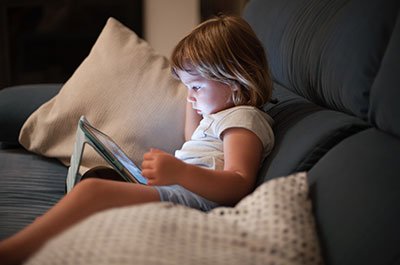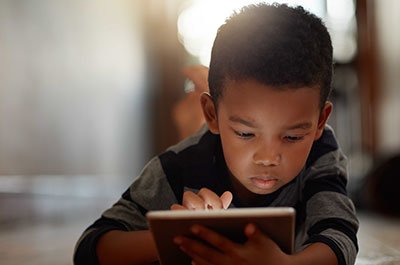Feel like you’re seeing more kids—and increasingly younger kids—wearing glasses these days? That’s because rates of nearsightedness (also called myopia) are on the rise. About 42% of Americans are nearsighted, compared with just 25% in 1971. By some estimates, about half the world’s population will be nearsighted by 2050.
“We’re diagnosing children with myopia earlier and with stronger prescriptions than ever before,” says Kim Le, M.D., a pediatric ophthalmologist at Henry Ford Health. “But there are steps parents can take to help protect their children’s eyes.”
Symptoms Of Nearsightedness In Kids
Myopia is a vision problem that makes it difficult to see things that are far away. Vision will be clear when looking at something close up but blurry when focusing on an object in the distance.
The most obvious sign your child is struggling with myopia is that they complain about not being able to see distant objects clearly. “They’ll report having trouble seeing the teacher or the board at the front of the classroom,” says Dr. Le.
But in very young children, you might need to be alert to more subtle symptoms, such as:

Pediatric Eye Care
- Rubbing eyes (or complaining that their eyes hurt)
- Sitting really close to the television
- Squinting when trying to see something in the distance
If your child is having trouble seeing clearly, you should take them for a comprehensive pediatric eye exam.
Causes Of Myopia In Children
Nearsightedness happens when the axial length of the eyeball (the measure from front to back) is too long. As children grow and their eyes develop, the axial length can become too long, and the cornea (the lens of the eye) can curve too sharply. This combination makes it hard for the eye to focus clearly on distant objects.
One theory to explain the sharp increase in nearsightedness in kids in recent decades has to do with screen time. “Thirty years ago, kids didn’t spend time with technology like phones, laptops and tablets that required them to look at screens close up for hours a day,” says Dr. Le. “The eyes make accommodations to adjust and focus up close. Too much screen time changes how the eye functions.”
When the eyes need to focus so closely so much of the time, those changes can become permanent—and cause myopia. “It’s like the eye sort of gets stuck focusing up close,” Dr. Le adds. The American Academy of Pediatrics recommends no screen time at all for kids younger than 2, and no more than one hour a day for kids 2 to 5. For school-age children, Dr. Le recommends limiting screen time outside of schoolwork as much as possible.
Heredity does play a big role in developing myopia. Children whose parents are nearsighted are at much higher risk. “But we’re seeing that too much screen time affects how early myopia starts and how severe it becomes,” says Dr. Le.
How Time Outdoors Helps Kids’ Eyes
There’s an easy antidote for the negative effects of screen time and other close focusing: Spend time outside. “Humans spent most of their time outdoors for thousands of years,” says Dr. Le. “And we evolved so that sunlight helped regulate the growth of the eyeball.”
The science of all this is still evolving. But experts speculate that the dramatic shift away from time spent outdoors is negatively impacting eye development in kids.
“I see children who spend more time outdoors, and they have prescriptions that barely change over the years,” says Dr. Le. “While kids who are inside on screens more have prescriptions that get worse faster than average.”
Getting your kids more time outside is one of the healthiest things you can do for their eyesight. When they do spend time on screens, help them to practice good habits, such as:
- Looking at screens in well-lit rooms rather than in the dark
- Moving screens further away from the face
- Taking frequent breaks—look away from the screen every 20 minutes and focus your eyes in the distance for 20 seconds
Even good habits can’t totally prevent nearsightedness. But they can help keep your child’s eyes healthier in the long run.
Reviewed by Kim Le, M.D., a pediatric ophthalmologist who sees patients at Henry Ford Medical Center - Ford Road, Henry Ford Medical Center - Royal Oak, Henry Ford Ophthalmology - Grosse Pointe and Henry Ford OptimEyes Super Vision Center - West Bloomfield.



